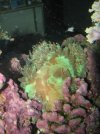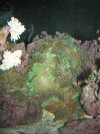lcstorc
Well-Known Member
I wonder how captive breeding fits into the theory. Is it thick skinned because the parent was captured long ago, or thin skinned because it was raised in aquaria?
Too many question. Not really any solid answers. See, now this is why I did not become a scientist. A computer does what you tell it to do. Now, figuring out how to get the message across is another story.
Best of luck with your new baby. I had no idea they even could be captive bred.
Too many question. Not really any solid answers. See, now this is why I did not become a scientist. A computer does what you tell it to do. Now, figuring out how to get the message across is another story.
Best of luck with your new baby. I had no idea they even could be captive bred.




